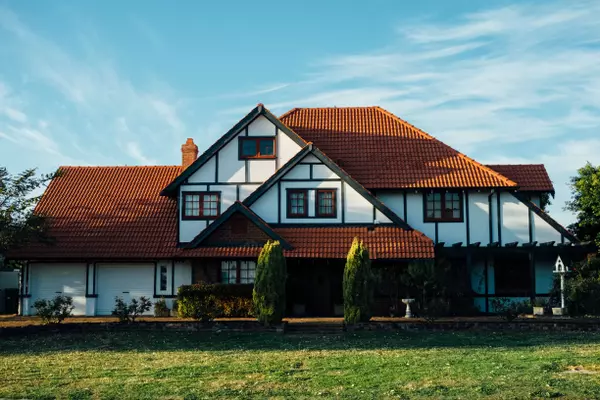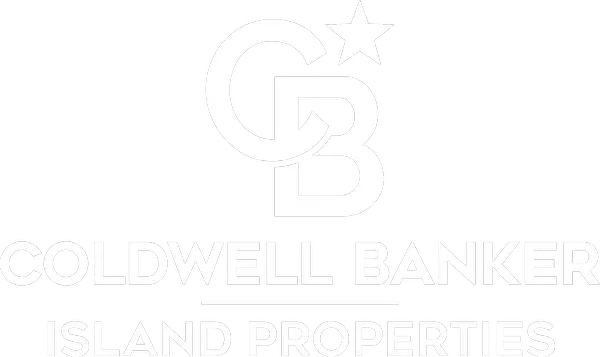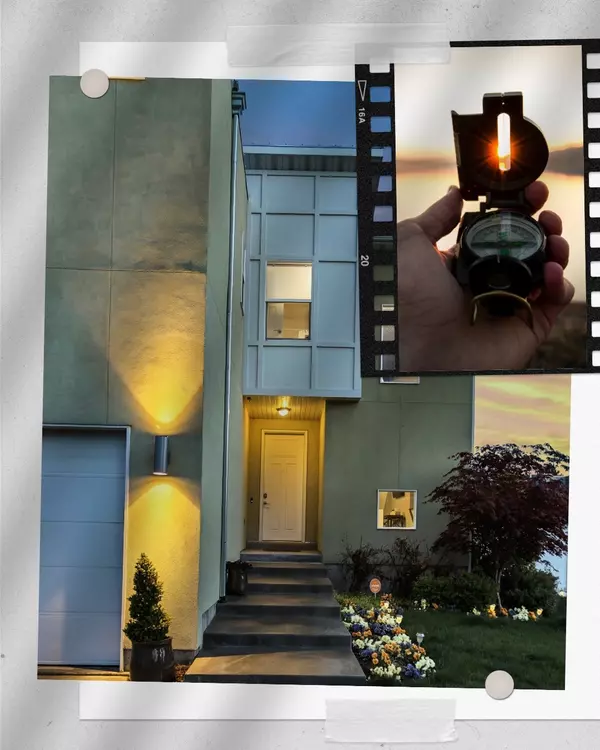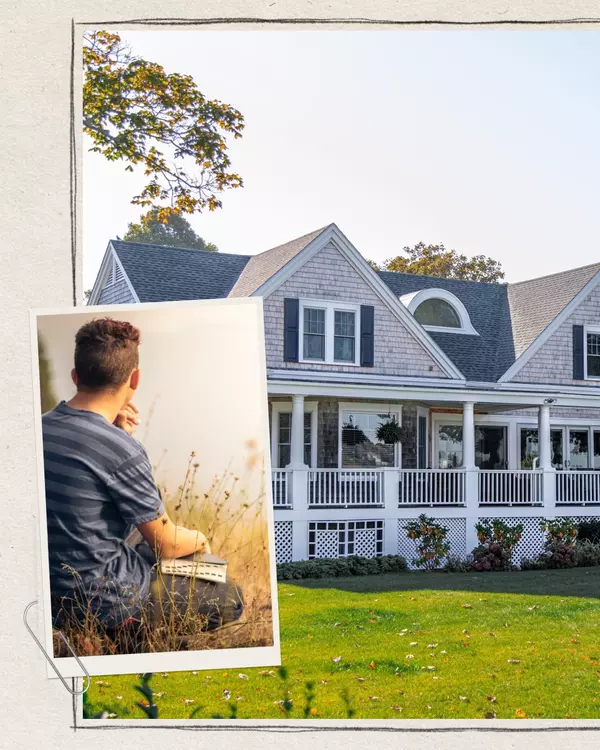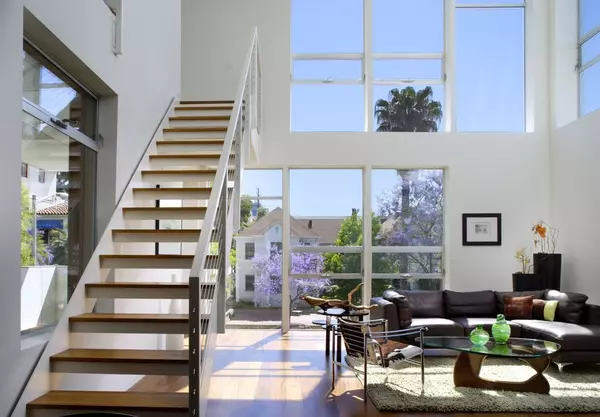Unlocking the Secrets of CPR Properties: Understanding Ownership, Fees, and Regulations
Are you considering purchasing a CPR property or just curious about this type of ownership structure? Condominium property regimes, or CPRs, offer a unique form of ownership that allows for the division of a property into individual units. In this blog post, we'll take a closer look at the benefits of owning a CPR property and what to consider before making a purchase.
A CPR property, also known as a Condominium Property Regime, is a type of ownership structure for real estate in Hawaii. It allows for the division of a property into individual units, with each unit being separately owned and maintained, while common areas such as the pool, parking, and landscaping are jointly owned and maintained by all unit owners. (See our other Blog on CPR Conversions.)
The Pros of owning a CPR property include:
- Shared maintenance costs for common areas
- Potential for rental income
- Access to amenities such as a pool or fitness center
- A sense of community among unit owners
The Cons of owning a CPR property include:
- Limited control over shared areas
- Potential disputes with other unit owners
- Additional HOA fees
- Limited control over property improvements
Here are some of the most commonly asked questions when it comes to CPR properties:
- What is the difference between a CPR property and a single-family home? A CPR property is a type of ownership structure where the property is divided into individual units, with each unit being separately owned and maintained, while common areas such as the pool, parking, and landscaping are jointly owned and maintained by all unit owners. A single-family home, on the other hand, is a standalone property where the owner has full control over the property and is responsible for all maintenance and repairs.
- Are there any additional fees associated with owning a CPR property? Yes, there are additional fees associated with owning a CPR property. These include HOA fees, which are used to maintain and repair common areas, as well as special assessments for unexpected repairs or upgrades.
- Can I make changes to my unit or the common areas? Changes to your unit are generally allowed as long as they comply with the HOA's rules and regulations. However, changes to common areas must be approved by the majority of the unit owners.
- Is renting out my CPR unit allowed? Yes, renting out your CPR unit is generally allowed as long as it complies with the HOA's rules and regulations.
- Can I sell my CPR unit? Yes, you can sell your CPR unit just like any other property. However, it's important to be aware of any restrictions or limitations imposed by the HOA.
In conclusion, owning a CPR property can be a great investment, but it's important to weigh the pros and cons, and understand the HOA rules and regulations before making a decision. If you're considering a CPR property, it's best to consult with a real estate agent who specializes in this type of property and can guide you through the process.
Recent Posts

